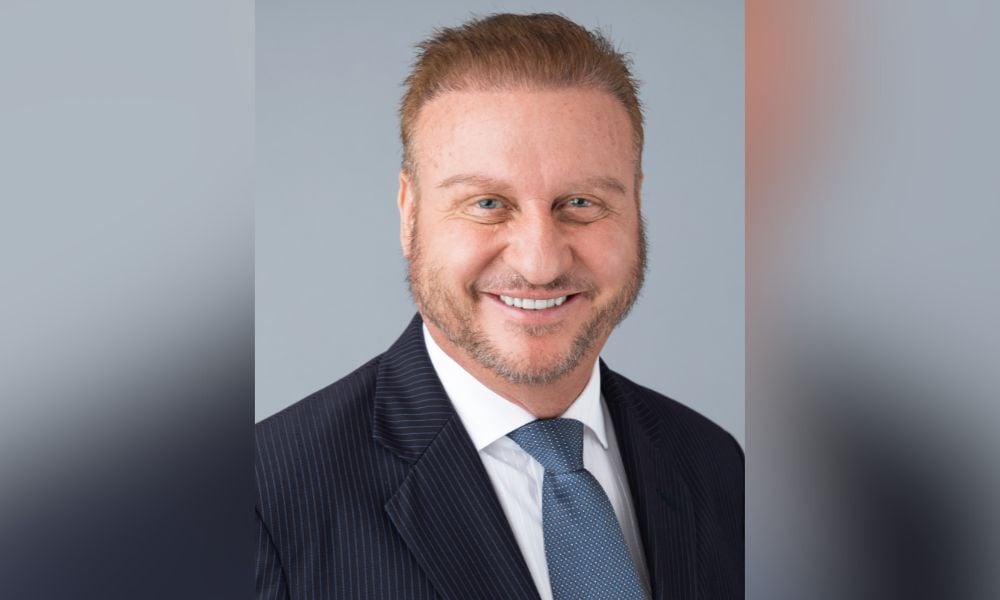Broker churn not an issue, director says

Mortgage Ezy has removed clawbacks on loans through its lending program, a move it says represents its leadership on a longstanding issue affecting brokers.
Amid interest rate rises and an increased focus on refinancing, cashback offers have increasingly been used by lenders to attract new mortgage business.
When a loan is refinanced to a different lender within a two-year period, a broker forfeits part of the upfront commission paid by the existing lender for writing the loan. This is commonly referred to throughout the mortgage and finance industry as “clawback”.
Peter James (pictured above), founder of non-bank lender and mortgage manager Mortgage Ezy, told MPA that if a loan was refinanced within two years of the commencement date, the business had taken the view that this was simply “a cost of doing business”.
“For all loans in the Ezy Program, clawbacks are zero … no more,” James said.
While clawbacks were originally introduced to stop broker churn, James said churn was increasingly being driven by banks, not brokers.
James said that over the last couple of years, a number of banks had thrown money at borrowers in the form of cashback offers. In November those offers reached as high as $6,000 and $10,000.
These cashback offers give borrowers an upfront cash incentive to refinance to another bank, which may not be in their best interests.
“We think it’s very unreasonable to expect brokers – who are doing an excellent job acting in clients’ best interests – to be punished because banks are giving borrowers a fistful full of cash,” James said.
Clawback removed for loans within Ezy Program
As a mortgage manager for various established banks and non-banks, Mortgage Ezy operates its own lending program, referred to as the Ezy Program.
James confirmed that no clawbacks would apply to loans written by brokers under this program, under which funds are securitised.
When a loan was discharged up to two years after the commencement date, James said that banks would typically claw back between 50% to 100% of the loan value.
“In our case even in the unfortunate situation where a loan is discharged the next month, we would claw back nothing,” James said.
The only condition to the no clawback rule is when a broker is found to be actively churning business and proven not to be acting in their clients’ best interests, he said.
“That’s the only time that we’d tap the broker on the shoulder… I think that’s where the industry needs to head,” James said. “If the client is acting in the best interests of the customer, why should they be punished?”
Case for clawbacks redundant
Noting that the lending climate had evolved since clawbacks were introduced, James said that he no longer saw the need for them.
He hoped that Mortgage Ezy’s decision to remove them will “lead the way” for banks and other lenders to follow.
“What needs to be remembered is that in the past, brokers could recover that money from their clients,” James said. “That’s been abolished … brokers cannot seek recompense from their clients for clawback.”
Brokers now write 69.3% of all residential home loans (MFAA December 2022 quarter figures), representing the value that they provide.
James acknowledged that in some cases, brokers worked for free, which in Mortgage Ezy’s view, was “untenable”.
Acknowledging that cashbacks lure borrowers to refinance, therefore increasing the potential for clawbacks, James said that it was disappointing to see that “cash for loans” had become such a significant part of the bank lending landscape.
In some cases, James said he had seen comments on lending forums where borrowers were encouraging each other to refinance several times per year.
Cashbacks hurt brokers, but they also hurt borrowers, he said.
“Someone could refinance every few months, the broker gets called back every time and they work for nothing … the banks are using that clawback to some extent to finance a churn from others,” James said.
Resources currently spent on refinancing of loans through cashback offers (such as setup costs for incoming lenders and outgoing valuations) should instead be channelled into lowering interest rates, and/or reducing fees for borrowers, he said.
“I’d like to see cashbacks eliminated altogether,” James said.



